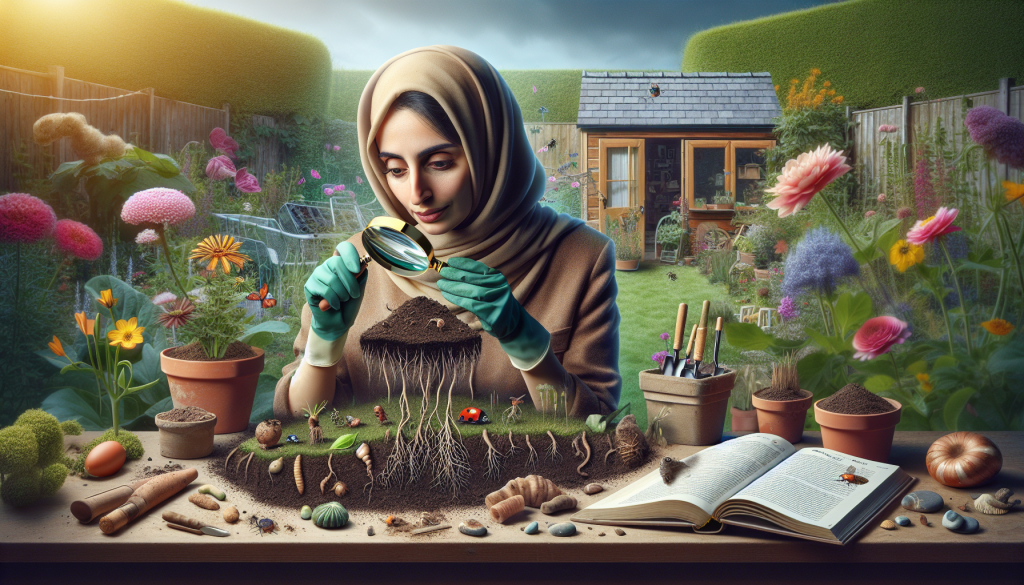
The Dirt on Soil: Understanding Your Garden’s Foundation
The Dirt on Soil: Understanding Your Garden’s Foundation
When it comes to gardening, the saying “you reap what you sow” holds true. But before you even start sowing, the foundation of your garden is key to a successful harvest. We’re not talking about bricks or concrete, but the one thing that every plant needs to thrive: soil. Often overlooked and underestimated, soil plays a crucial role in the growth and health of your garden. So let’s dig deep and learn more about the dirt on soil.
The Different Types of Soil
Not all soils are created equal. In fact, there are various types of soil that can greatly affect the success of your garden. The most common types include sandy soil, clay soil, loam soil, and silt soil. Sandy soil drains quickly, making it suitable for drought-tolerant plants. Clay soil, on the other hand, retains water and nutrients, making it ideal for moisture-loving plants. Loam soil is considered the best type of soil for gardening, as it has a balanced composition of sand, silt, and clay. Lastly, silt soil is known for its high fertility, making it perfect for growing vegetables.
The Importance of Soil pH
Aside from the type of soil, another crucial factor to consider is its pH level. Soil acidity or alkalinity can greatly affect the availability of essential nutrients for your plants. Most plants prefer a slightly acidic soil with a pH level between 6.0 to 6.5. However, there are certain plants that thrive in more acidic or alkaline soil. Conducting a soil test is the best way to determine the pH level of your soil and make any necessary adjustments to optimize its acidity or alkalinity for your desired plants.
The Role of Soil Texture and Structure
Aside from its chemical properties, the physical structure of soil also plays a vital role in plant growth. The texture of soil refers to the size of its particles, either coarse or fine, and greatly affects the soil’s water-holding capacity. Meanwhile, soil structure refers to the way in which the particles are arranged, forming aggregates that can either be clumped or granular. A good soil structure allows for proper drainage and airflow, providing a healthy environment for plant roots to grow and spread.
The Importance of Nutrients
Just like humans, plants also need proper nutrition to thrive. And soil is their primary source of nutrients. Essential plant nutrients include nitrogen, phosphorus, and potassium, which are commonly found in fertilizers. However, soil also contains a variety of micronutrients, such as calcium, magnesium, and iron, that are equally important for the growth and development of plants. Regularly testing and amending your soil with the necessary nutrients can ensure that your plants have everything they need to flourish.
The Role of Organic Matter
In addition to providing nutrients, organic matter in soil plays a crucial role in maintaining its structure and overall health. Organic matter is any decaying plant or animal material, such as compost, manure, or leaf litter. It helps improve soil moisture retention, drainage, aeration, and nutrient availability. Adding organic matter to your soil is a cost-effective and eco-friendly way to improve its overall quality and fertility.
In Conclusion…
As you can see, soil is more than just dirt. It is a complex ecosystem that serves as the foundation of your garden. Understanding the different types of soil, its pH level, texture, structure, and the role of nutrients and organic matter is key to creating a healthy and productive garden. So the next time you’re out tending to your plants, remember to give your soil some love and it will reward you with a bountiful harvest.
